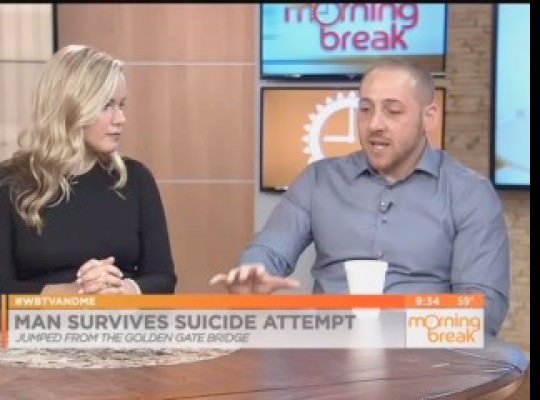Bipolar and Related Disorders
Bipolar disorder, formerly known as manic depression, is characterized by serious and significant mood swings that impair daily life and negatively affect relationships. According to the National Institute of Mental Health, approximately 2.6% of American adults have bipolar disorder. 83% of these cases are classified as "severe."
What are the four types of bipolar disorder?
-
Bipolar I
Bipolar I is characterized by severe episodes of mania, often followed by a period of depression.
-
Bipolar II
Bipolar II is characterized by hypomania, a period that is less severe than a full manic episode.
-
Cyclothymia
Cyclothymia is characterized by brief periods of mania alternating with brief periods of depressive symptoms.
-
Other Specified and Unspecified Bipolar Disorder
Unspecified bipolar disorder is used when a person does not meet the criteria for any of the above three disorders, but still experiences periods of abnormal mood elevation.
The major difference between Bipolar I and Bipolar II disorder lies in the severity of the manic episodes.
With Bipolar I, the mania is more severe, characterized by exceptional energy, restlessness, trouble concentrating, feelings of euphoria, and lack of sleep. Psychotic symptoms including delusions of grandeur may be present. People with Bipolar I illness may engage in risky behaviors and may need acute inpatient hospitalization.

In May 2016, HopeWay featured Kevin Hines at our annual Covington Educational Event. He spoke about his struggle with Bipolar Disorder that led to his near-fatal suicide attempt from San Francisco's Golden Gate Bridge in 2000. Kevin survived and is now helping others living with mental health challenges by sharing his story. For more information about Kevin's story, click HERE.
From a Charlotte Observer article about HopeWay, the following was written:
Beth Purdy, whose husband, Steve, is on the foundation’s board, believes a place like HopeWay would have helped in her recovery. Now 47, Purdy said she had her first debilitating episode of “major depression” when she was 21, a rising senior at UNC-Chapel Hill. At the time, she said she and her parents, living in Raleigh, “had no idea what was going on” and had difficulty finding a psychiatrist.
Purdy, a high achiever in school, said she “didn’t look the part” of someone with depression, and she saw the diagnosis as a “character flaw” and a “weakness.” When she got married at 25, she was at first afraid to tell her husband. “There was that much of a stigma in the world I lived in,” she said.
At 31, living in Charlotte with her husband and 6-month-old twin sons, Purdy had another life-threatening bout with depression. “All I could see was nothing and blankness,” she said. She remembers thinking that her sons’ lives would “be a lot better without me.”
She didn’t act on those suicidal thoughts, and, with her husband’s help, she found care. But it took another five years to get the proper diagnosis of bipolar disorder. Today with medications and therapy, she understands her illness better and knows she can lead a full and healthy life.
Many of us at HopeWay have had the opportunity to hear Beth talk about her mental illness. She has an amazing ability to describe her struggle so that people who have never had a mental illness can imagine what it might be like. For more information about Beth's story, click HERE.
Beth and our CEO, Dr. Kuroski-Mazzei, were just featured in a video series, "Compass & Light: A Series on Mental Health" by Silent Images. We encourage you to watch them talk about bipolar disorder:
Bipolar Treatment Center
Outpatient, Inpatient, and Residential Treatment for Bipolar Disorder
If you are in crisis, please call the Suicide Prevention Lifeline
